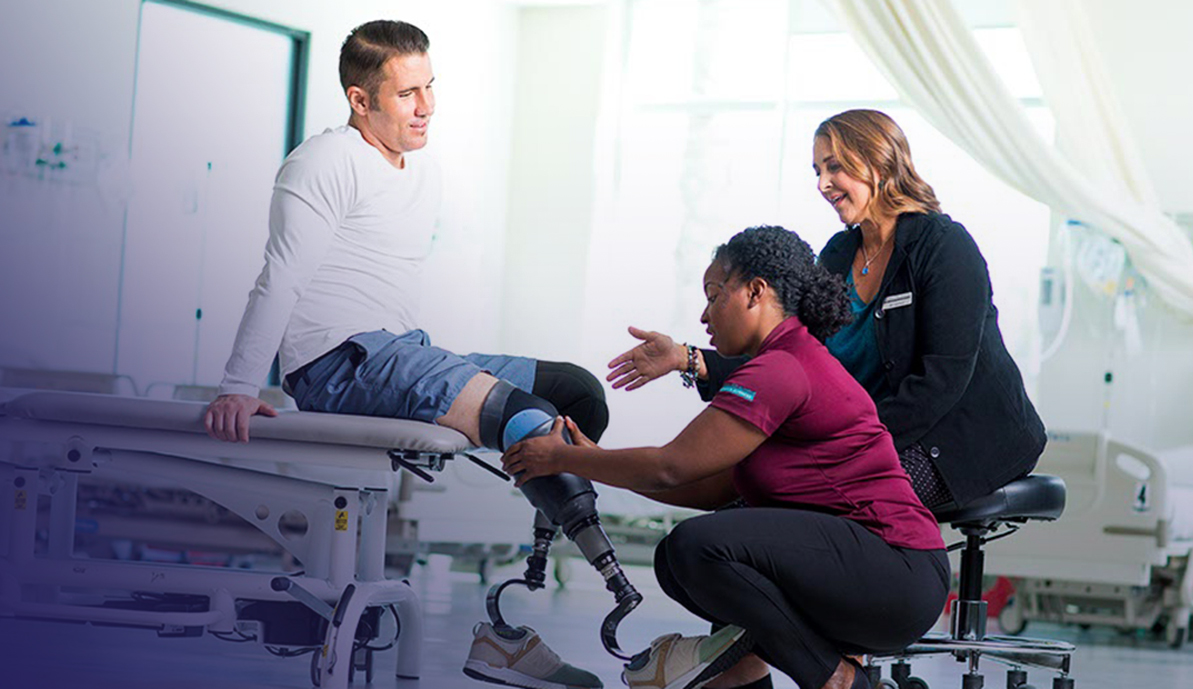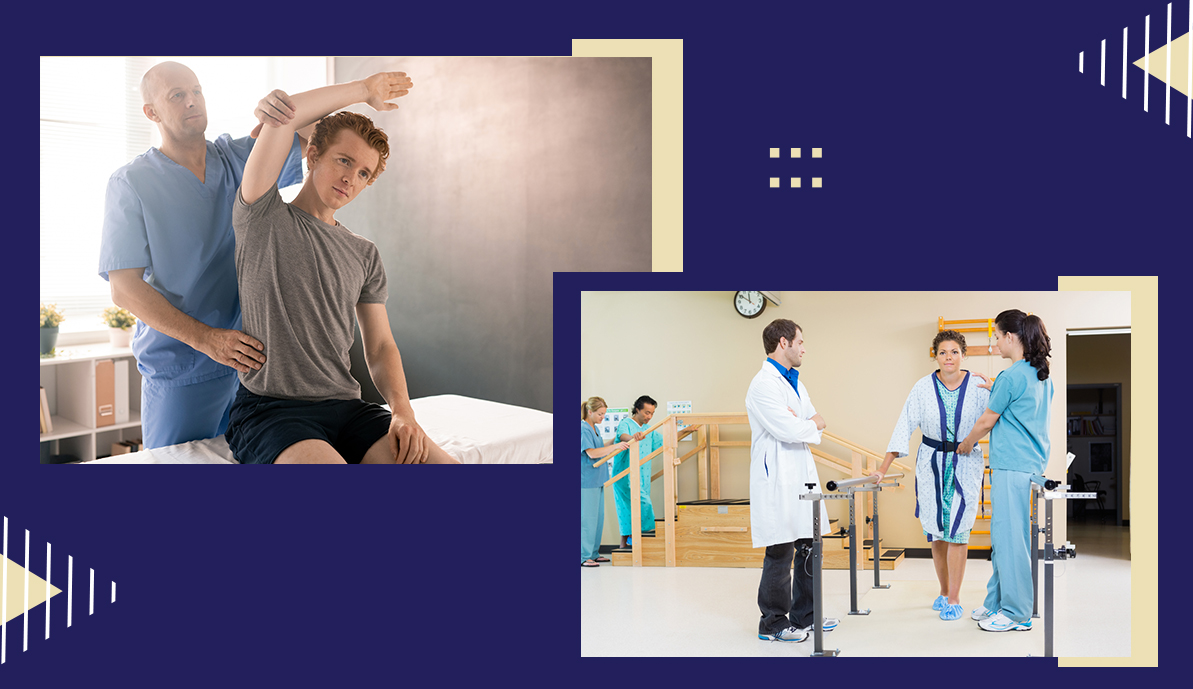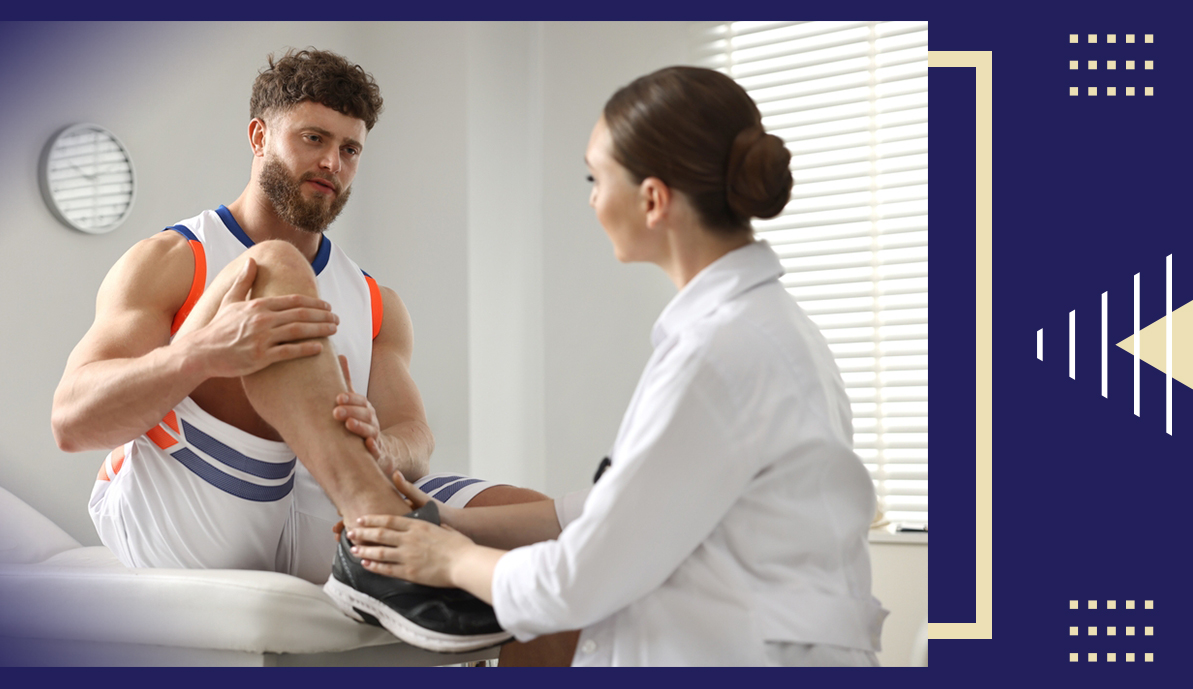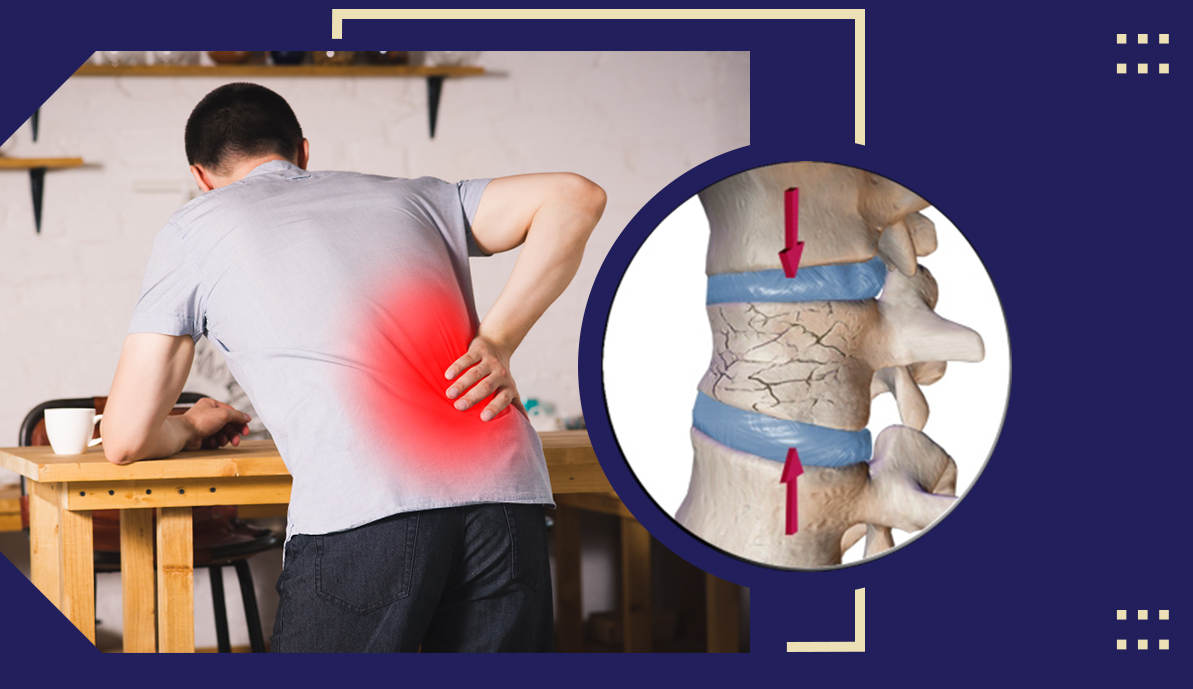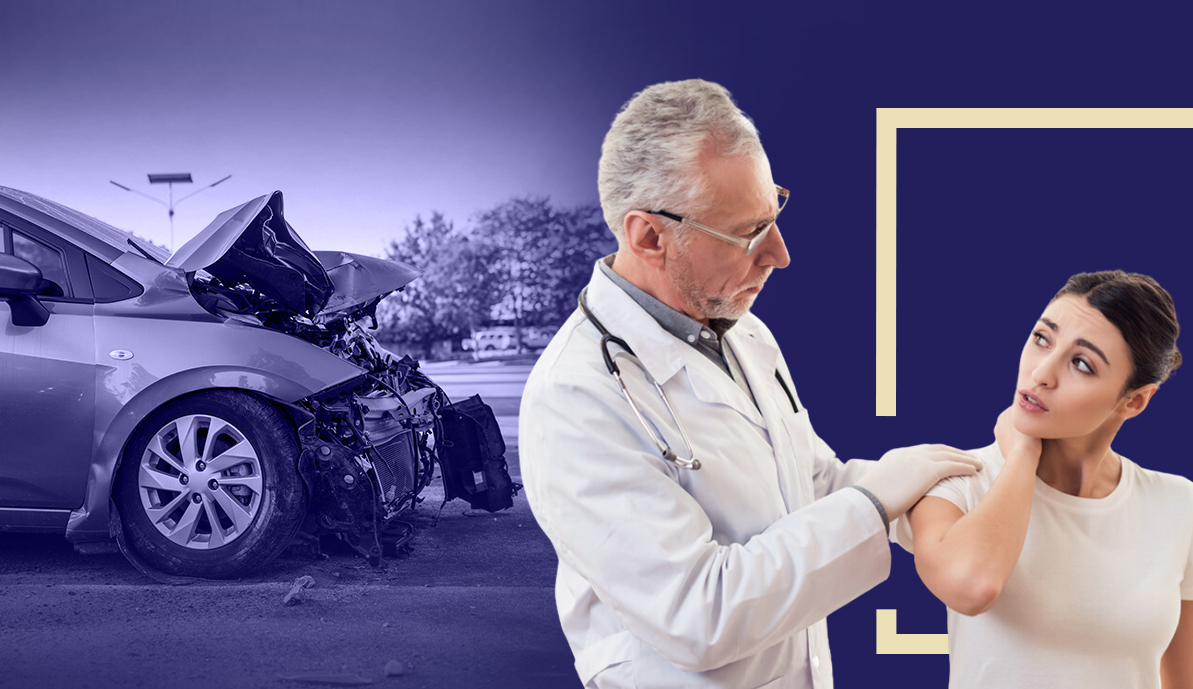
Common Orthopedic Injuries from Car Accidents
What Are Orthopedic Injuries?
Orthopedics is a segment of medicine that focuses on the musculoskeletal system, which includes the bones, muscles, tendons, ligaments, cartilage, and soft tissues surrounding these areas. Car accidents often damage this structure. Injury Assistance Network connects you with orthopedic surgeons who frequently diagnose musculoskeletal injuries resulting from accidents.What Injuries Are Most Common?
Car collisions can damage any part of the body. The musculoskeletal system extends from head to toe, and any part can be injured. Not all of these injuries are immediately apparent. Some may take days or weeks for symptoms to appear.It is essential to seek orthopedic medical attention after a car accident to ensure that you catch an orthopedic injury before it becomes more serious. Orthopedic doctors can diagnose damage to soft tissue and skeletal structure even when you don't realize you've suffered an orthopedic personal injury. These are the types we see most often.Whiplash
Approximately 3 million Americans suffer a whiplash injury each year, most often from car accidents. This injury is mostly likely underreported, as people may not realize until after the accident that they have this type of neck injury. Whiplash occurs when the neck is moved forcefully and quickly in one direction and then in the opposite direction, overextending the soft tissues of the cervical spine.Whiplash can cause severe damage, leading to long-term problems, especially if it is not treated promptly and adequately. Not everyone has the same symptoms. Possible signs of the condition include:- Neck pain (mild to severe)
- Tingling in the neck
- Pain radiating to the shoulders and arms
- Headache, especially at the base of the skull
- Pain in the upper back and shoulders
- Reduced range of motion
- Numbness or weakness of the neck muscles
Spinal Injuries
Spinal injuries include any injury to the vertebrae, connective tissues, discs, or nerves in the upper or lower back. Examples of these orthopedic personal injuries include:Herniated Disc. The discs in your spine provide a cushion between each vertebra. A car accident can put physical strain on your spine, causing a disc to slip out of place. This injury usually occurs in the lower back.Pinched Nerves. Swelling along your spine or herniated discs can put pressure on your nerves, causing pain and numbness. Sciatica is a common form of pinched nerve and one of the orthopedic injuries resulting from a car accident. A pinched sciatic nerve causes pain in your lower back, which spreads through your hip region and down into your legs.Fractured vertebra. Hairline cracks or fractures in one or more vertebrae are often the result of severe compression of the spine. These injuries frequently affect the surrounding nerves as well and can cause severe damage to the spine.Soft tissue damage. Car accidents often result in sprains and strains along the spine. Sprains refer to the tearing or stretching of ligaments and the tissue that connects bone to bone. A strain is a tear or stretching of the tendon, the tissue that connects muscle to bone.Orthopedic doctors can accurately diagnose your spinal injury so you can get the kind of help you need to recover and return to your normal activities. Symptoms of spinal cord damage can vary widely, but typically, people experience pain along the spinal cord and in adjacent areas. Although the pain can be excruciating, it is not always, so getting a proper diagnosis is essential to avoid complications.Bone Fractures
Bone fractures occur when a bone breaks, cracks, or splinters. If you have a broken bone, the type of orthopedic personal injury is usually apparent. However, hairline fractures and fissures may be less so.Stress fractures, such as wrist fractures or distal radius fractures, can occur due to the violent impact of a car accident.Fractures can break the bone into two pieces or break it into multiple fragments. Additionally, compound fractures occur when the bone breaks through the skin. Symptoms of a bone fracture include:- Severe pain
- Swelling
- Lack of function or mobility
- A change in the shape of the affected region
Joint Dislocation
Dislocation is another of the most common orthopedic injuries you can suffer after a car accident. Instead of breaking a bone, the force of the impact can cause the bone to pop out of its joint. Shoulder dislocation and elbow dislocation are the most common dislocations in car accidents. Still, individuals can also sustain orthopedic personal injury in their fingers, jaw, knees, hips, wrists, and ankles.While complete dislocations are usually fairly obvious, if you have a partial dislocation, you may not immediately realize the nature of your injury. Whether full or partial, these injuries are often painful and cause swelling in the joint, bruising, and instability.Dislocations can result in torn or stretched tendons, damage to surrounding muscles, and nerve damage. An orthopedic doctor creates a treatment plan that addresses the extent and severity of damage caused by a dislocation.Soft Tissue Damage
When you get into a car accident, soft tissue damage can occur anywhere in your body. It can appear in the form of contusions (bruises). Contusions range from mild to severe.Collisions may result in hematomas, a more serious type of bruise that causes blood to pool outside of vessels and possible tissue damage. Soft tissue damage also includes muscle injuries, sprains, strains, and nerve injuries.Where to Find Orthopedic Specialists to Treat Your Car Accident Injuries
Orthopedic injuries can be debilitating and, if left untreated, can lead to complications and chronic illness. If you have been in a car accident that has resulted in injuries, Injury Assistance Network can help. Our network of medical professionals diagnoses your injuries and determines a treatment plan tailored to your conditions and your life.Share with your friends:
